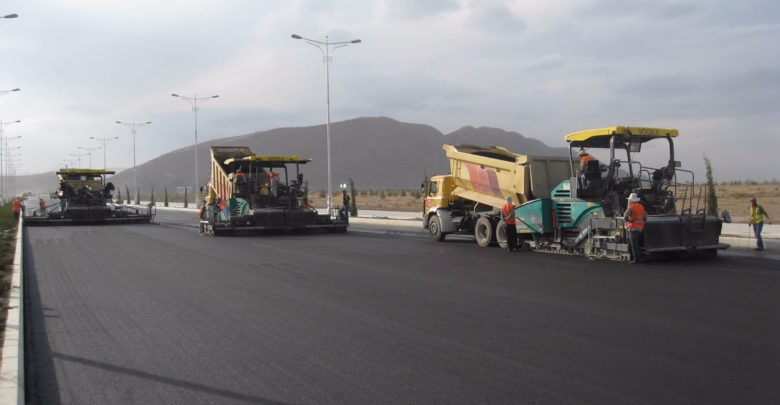Our Roads to Success

Roads are the backbone of any economy, and for a fast-growing economy like India, they are vital. Road transport contributes about 4.7 per cent towards India’s gross domestic product. India’s road network carries over 65 per cent of its freight and about 85 per cent of passenger traffic. The Indian government continues its focus on building new roads and upgrading existing road and rail infrastructure across the country. This includes both small and large projects for National highways, local roads and expressways. Expressways and superhighways will no longer connect only major cities in India but will soon link far-flung areas of the country. The additional investment pumped into these projects has revived the old projects or those that were stalled as a lack of funds. The existing highways and expressways need upgrading to meet international standards, alongside new networks to meet the challenges of a fast moving economy.
The Journey Ahead
In the past three years, the government has awarded around 14,000 km of highway contracts per year through the National Highways Authority of India(NHAI) and Industrial Development Corporation, which are now at the implementation stage. In the year ending March 31, construction of national highways in India touched a healthy 10,000 km which is a record in the year while in FY17, this figure stood at 8, 231 km. In FY18, about 27.5 km of highways were constructed each day and an average 46 km per day of road contracts were awarded. Contracts were awarded for annual road construction of about 16,000 km in FY18 as compared to 15,848 km a year earlier.
The Central government plans to develop 2 lakh km of highways and 12 expressways across the country, the road ministry has announced. Road Transport and Highways Minister Nitin Gadkari announced recently that Banks have assured funding of Rs 1.30 lakh crore for highway construction. The government, since May 2014, has reinstated stalled road projects to the tune of Rs 3 lakh crore.
During April-June, this year of the Rs 87,663 crore allocated to National Highway Authority of India (NHAI), Rs 20,743 crore has already been released. Under the Gram Sadak Yojana programme, the Government signed a US$ 210 million deal with World Bank for improvement of rural roads stretching 10,510 km in Madhya Pradesh In May 2018, US$ 500 million loan agreement was signed with World Bank by the government for additional funding for construction of 7,000 km climate resilient roads. 3,500 km of these are to be built using green technologies under Pradhan Mantri Gram Sadak Yojna (PMGDY).
The government has also approved building of a 9.9 km 6 lane bridge project across Ganga in Uttar Pradesh on NH-36 at a cost of Rs 1,948.25 crore (US$ 302.29 million). The project is expected to be completed by December 2021.
The National Highways Authority of India (NHAI) plans to build 50,000 km of roads worth US$ 250 billion by 2022 to meet its goal of extending the length of the national highway network to 200,000 km.
The Government has set aside around Rs 1 lakh crore (US$ 15.26 billion) during FY 18-20 for road building projects under Pradhan Mantri Gram Sadak Yojana (PMGSY).
The Government of India will invest Rs 7 trillion (US$ 107.82 billion) for construction of new roads and highways over the next five years. Rs 2 lakh crore expected expenditure on National highways in 2019.
Scope for RCE Players
The central government has decided to implement a ‘Value Engineering Programme’ to boost the use of innovative new technologies, machines and materials for highways projects that are executed either under PPP mode or public funding mode. This will translate into faster, efficient operation and high quality construction of roads.
Current trends in this sector are geared towards developing world-class infrastructure, giving fresh growth opportunities to the many national and international Road Construction Equipment (RCE) manufacturers. The clear outline for technologically advanced equipment under the Value Engineering Programme will allow the RCE manufacturers to showcase and utilize the latest equipment and machinery which they have launched in the market.
The huge scale of current and future demand stemming from such massive projects has created a competitive Road construction equipment sector with a need for international standards of equipment, cost efficiency and strategic business acumen among the key players in the RCE supply market. Given the fierce competition to gain projects, companies need to maximize the productivity of labour as well as of the machines employed for the job.
Quality is the key differential that will be an essential factor among the competition, with cost being next. Companies must display thorough professionalism and adhere to the highest quality standards during the project. Employing only superior construction machines will ensure engineering excellence and offer superior results while also creating repeat demand. A true mix of adaptability and efficient operability will be a worthy combination to stay ahead.


